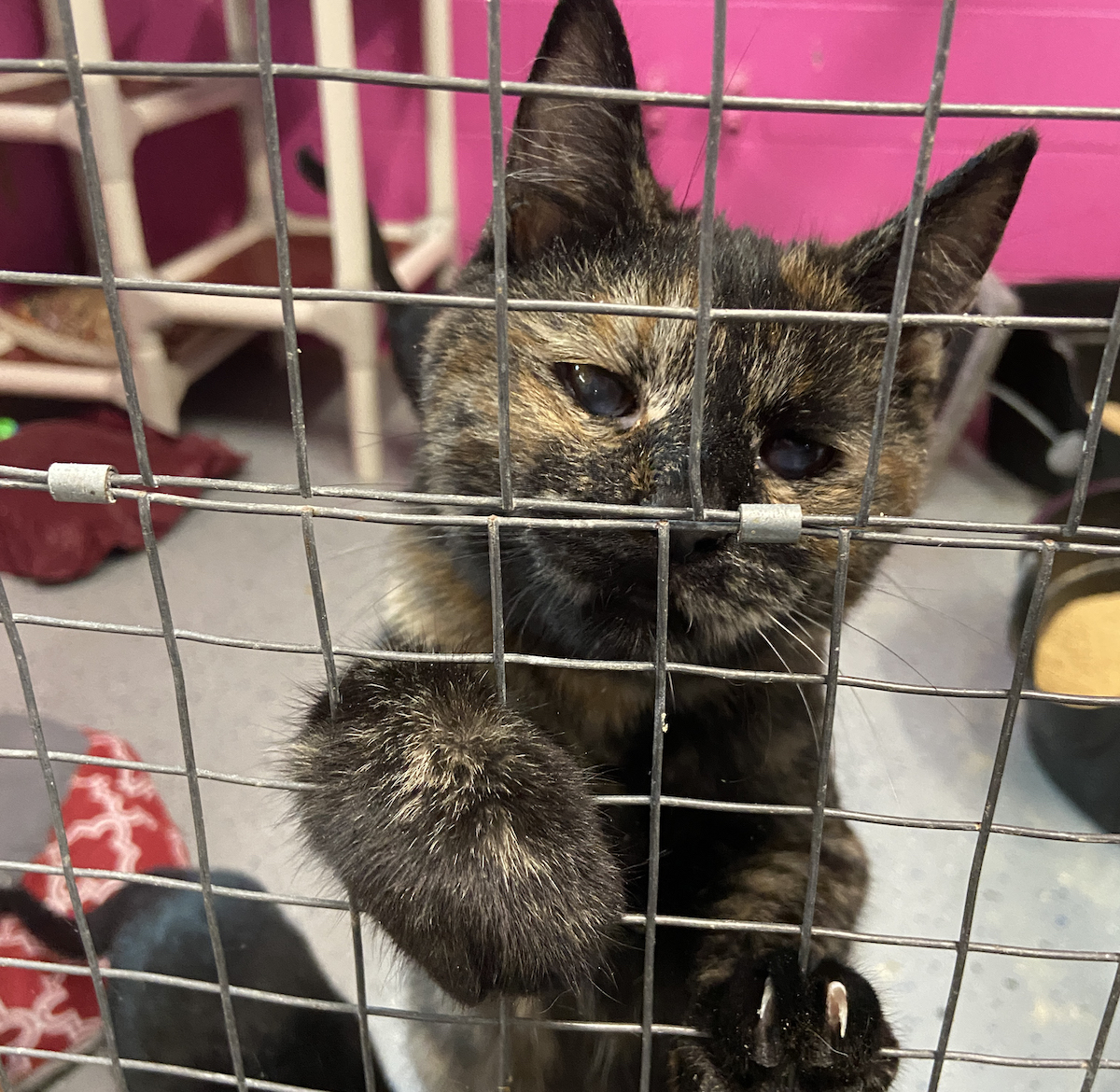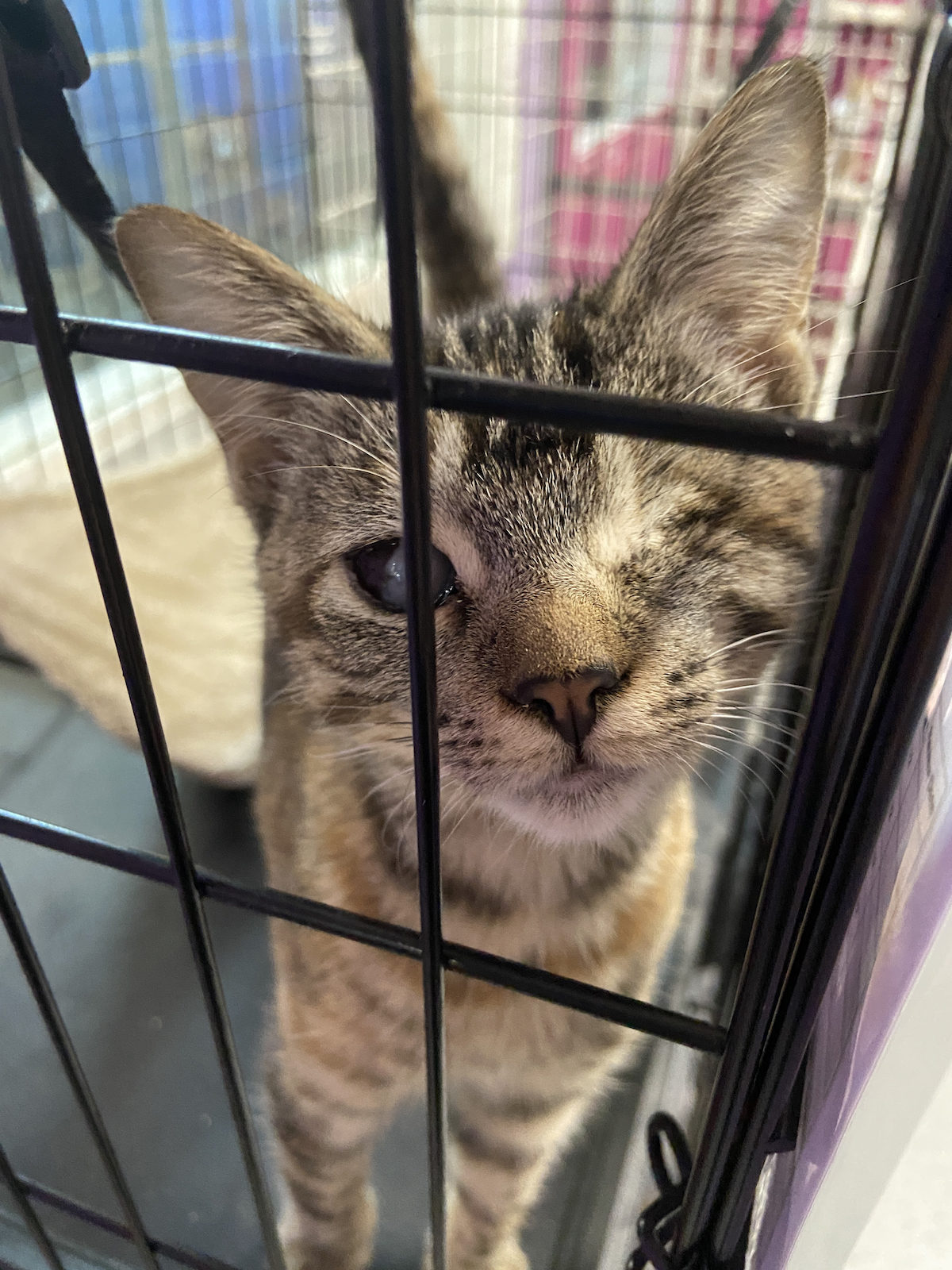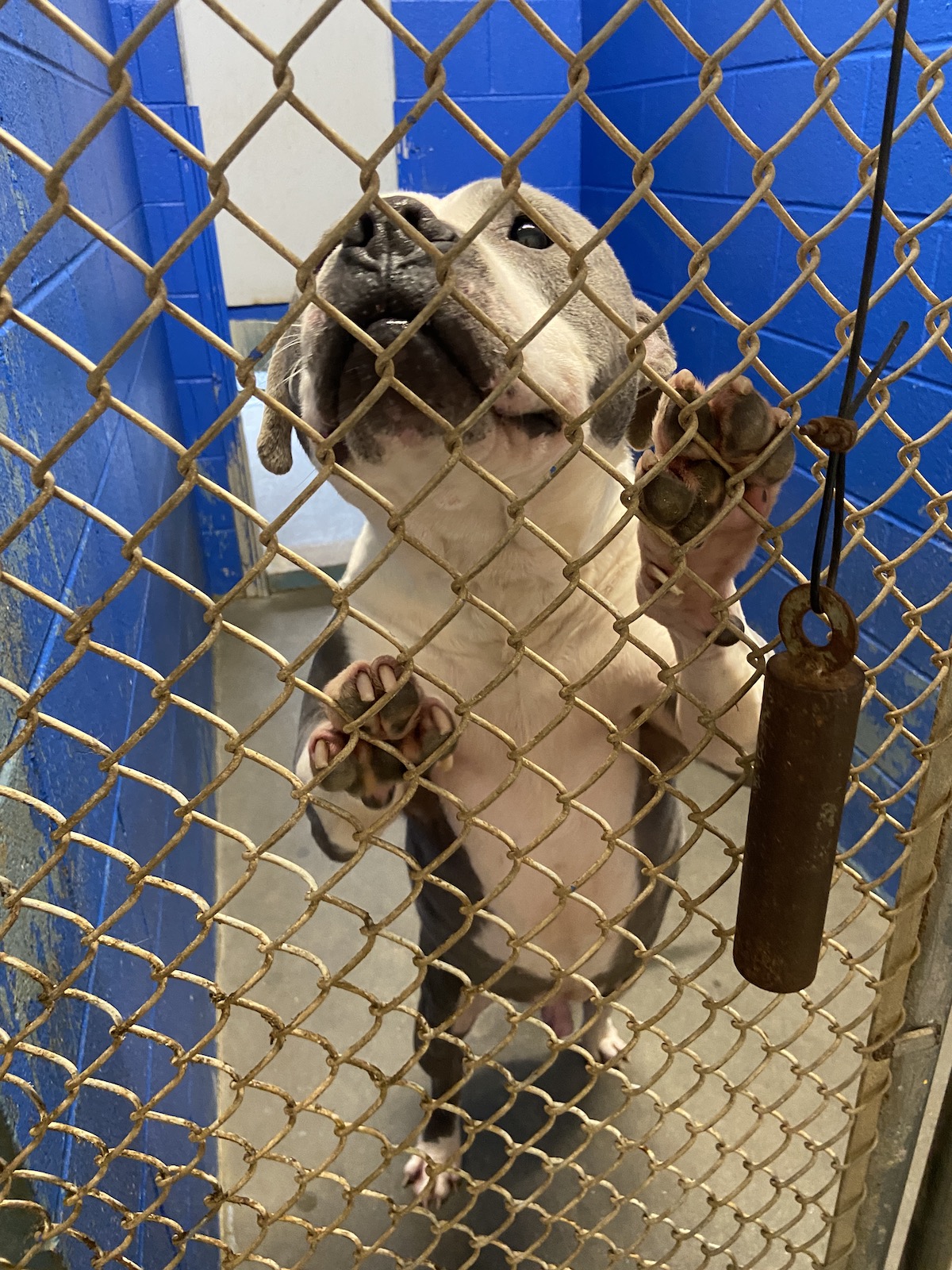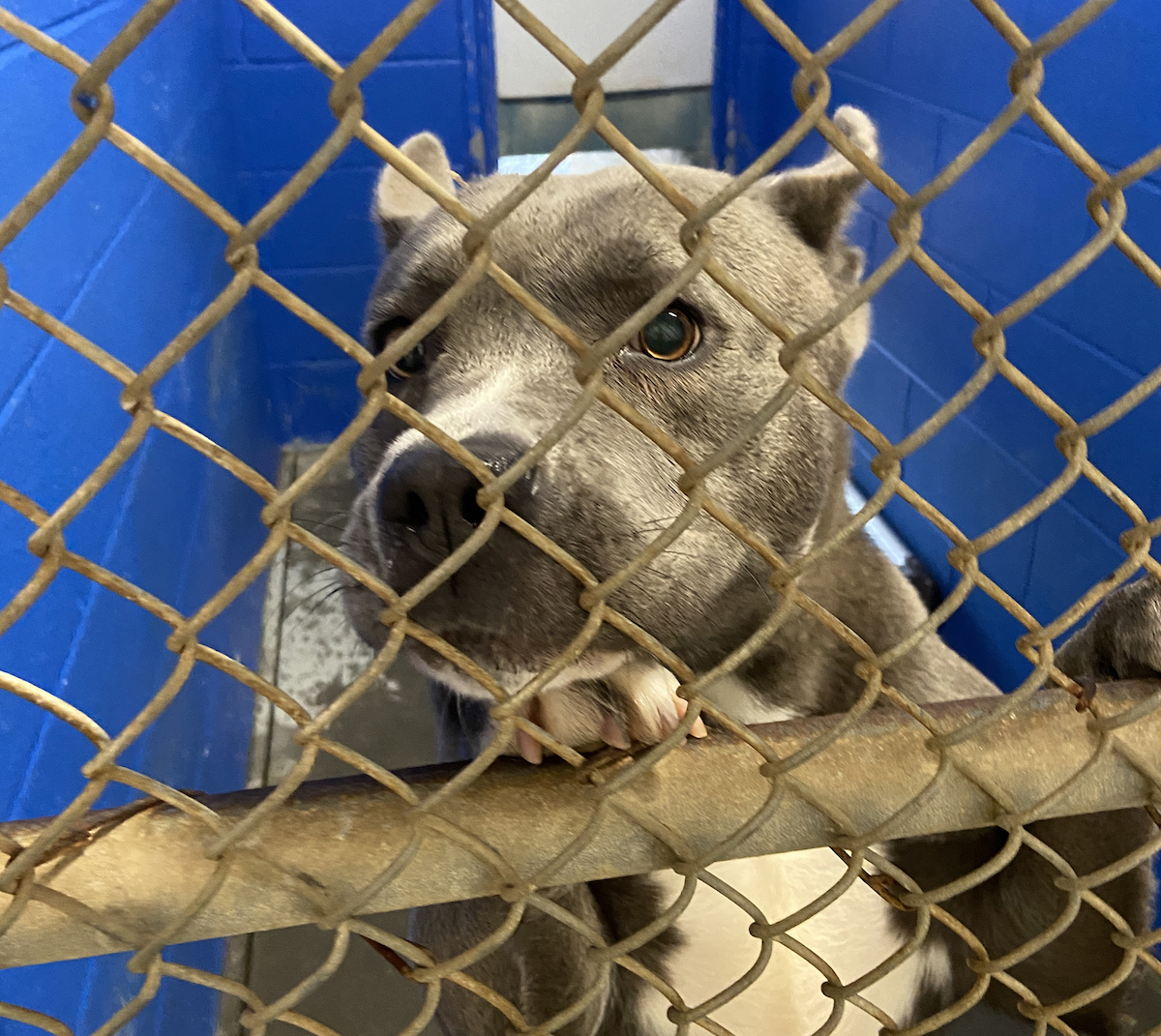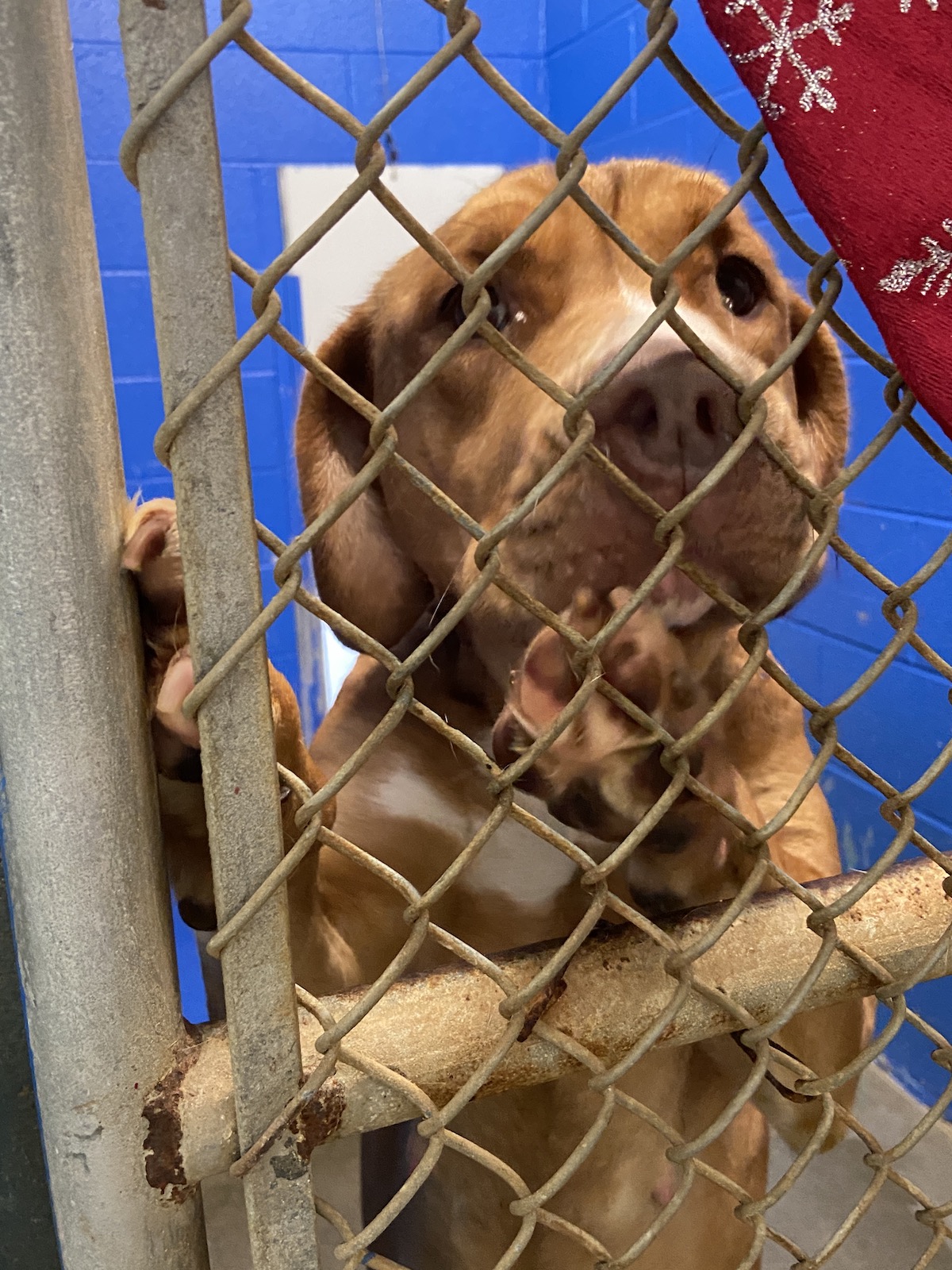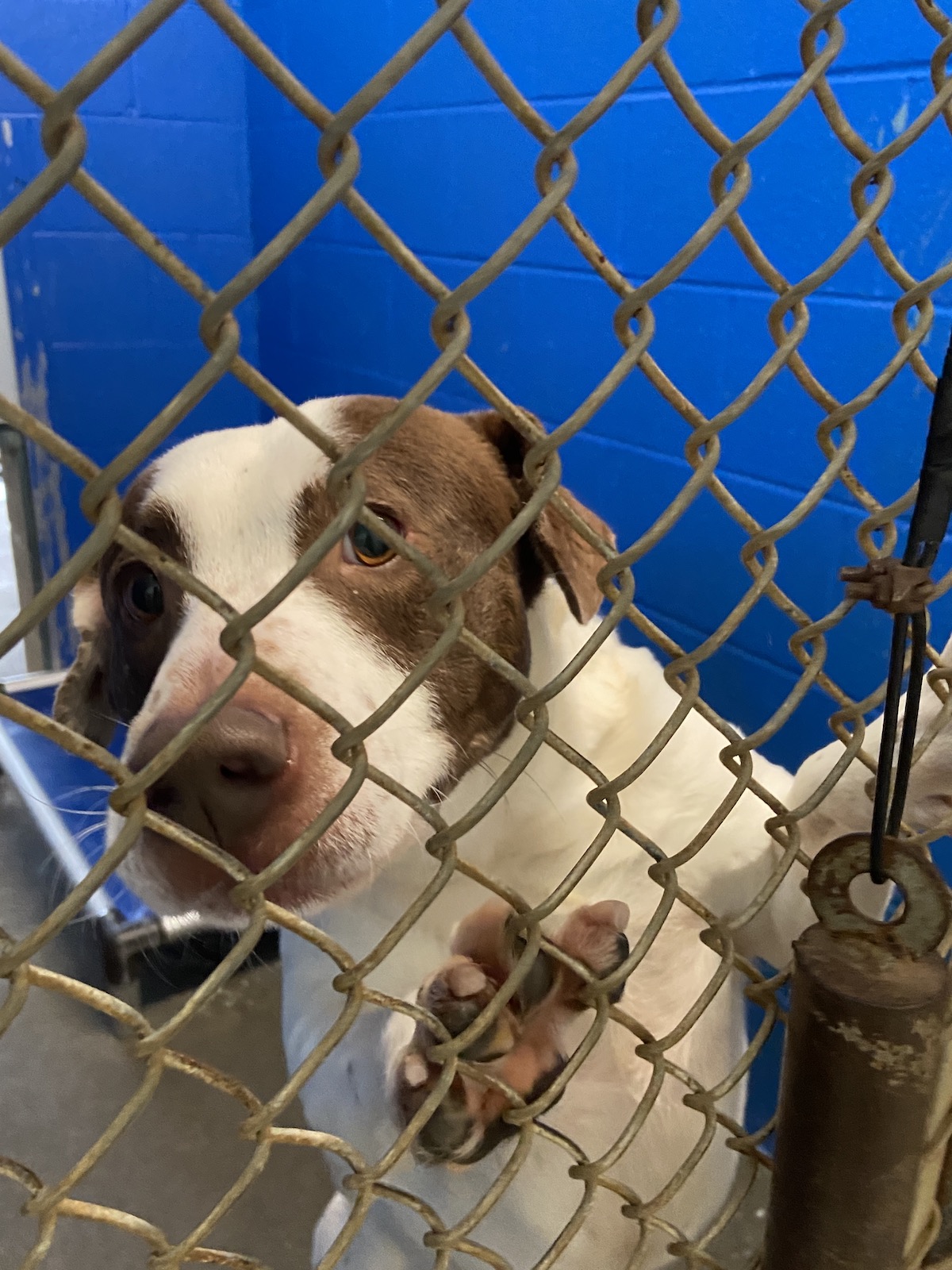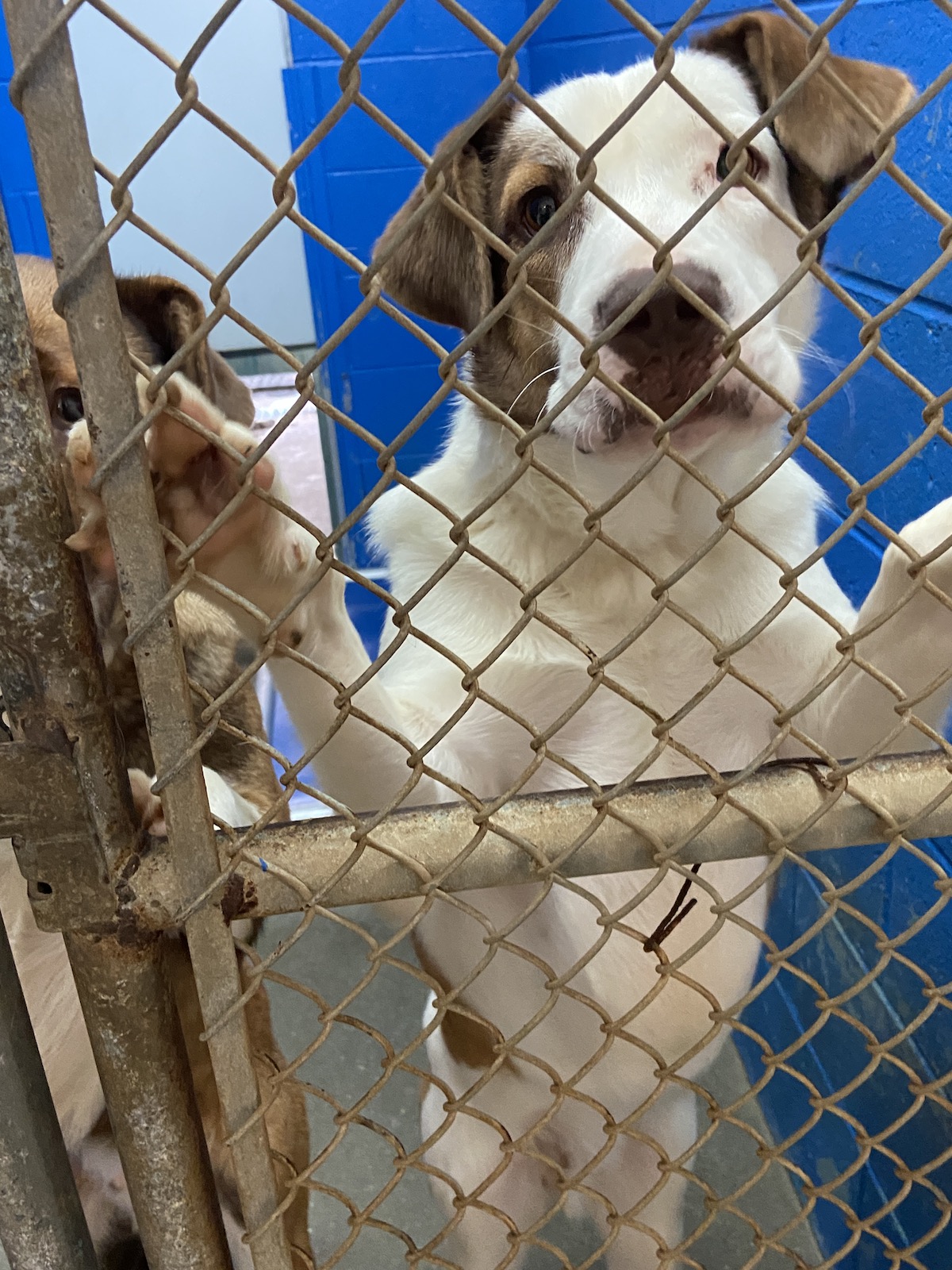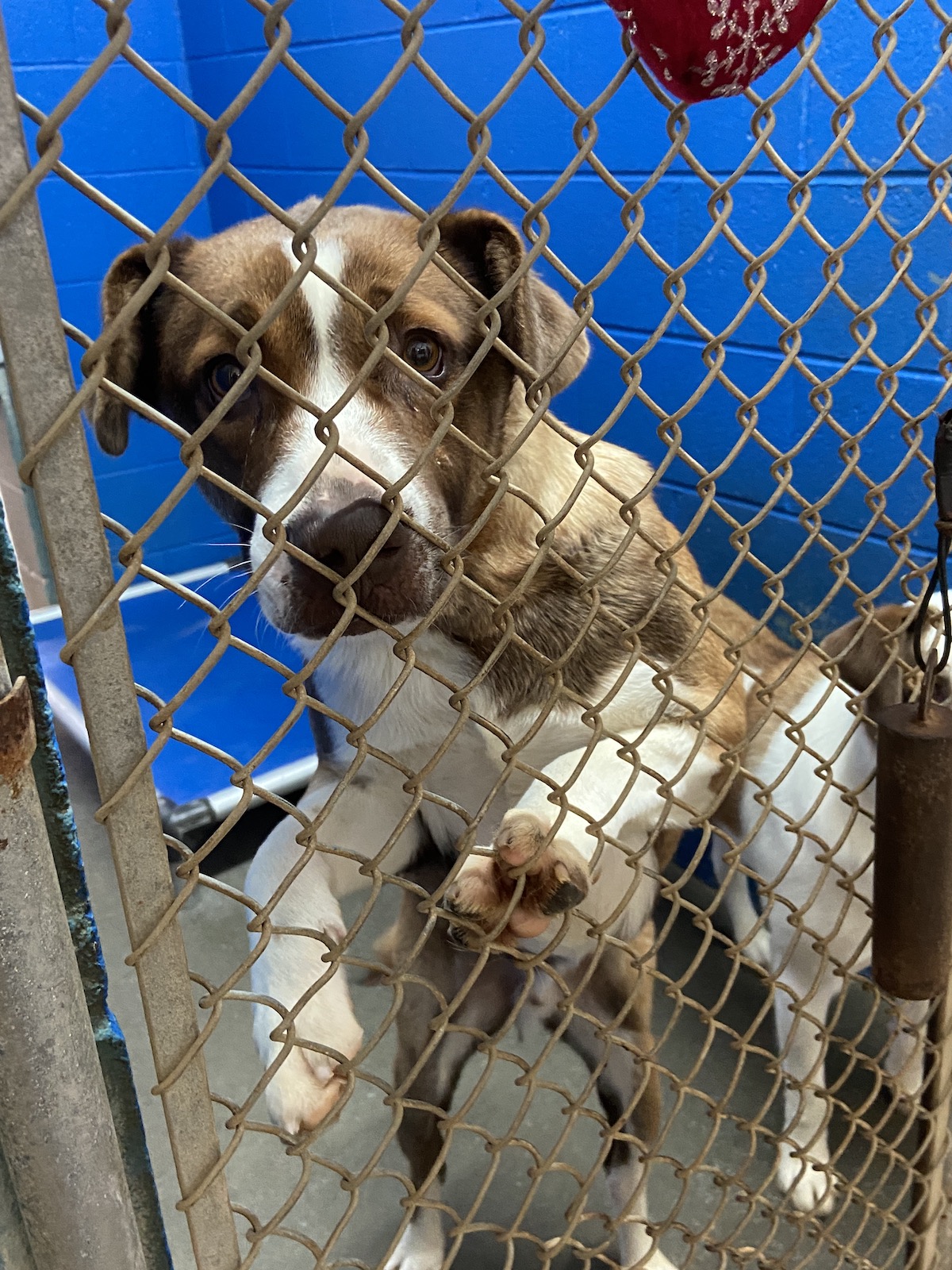
A child waking up Christmas morning to find a fluffy, wiggly puppy under the tree, a big red bow around his neck – there are few more culturally-iconic holiday images than the joy in that child’s eyes as he and his new best friend play amongst the twinkling lights and all the other forgotten gifts.
The tradition of giving pets as Christmas gifts gained strong disfavor from animal activists and animal adoption agencies across the country more than a decade ago. Concerns about the high number of animals returned to shelters or abandoned after hasty pre-Christmas pet decisions were cited as the reason for this objection to holiday pet adoptions. Often, unplanned holiday pet picks were quickly rethought after the first chewed shoe, puppy accident, or vet bill.
Recently, however, the message from both the ASPCA and the Humane Society – two of the largest animal care organizations in the US – is shifting from an emphatic “no Christmas pets” to a more cautionary tale of forethought and preparation.
“Giving a pet as a gift isn’t necessarily a bad idea, Alyssa Fleck, Media and Communications Manager of the ASPCA, stated. “But it does need to be handled properly. Getting someone a pet as a gift can be a wonderful experience, but getting someone a pet as a surprise is never a good idea.”
Habersham County Animal Care & Control Director Madi Nix seconded that opinion.
“We never want to discourage anyone from adopting when it is appropriate, and the holidays can be a wonderful time to add someone to our family, especially the furry variety,” she told Now Habersham. “The most important part is to make sure it is not something that is a quick decision.”
Spike in owner surrenders
Nix, who has been with HCACC since 2009, and director since 2012, said she has seen a lot of successful adoptions around the holidays but stressed that it was always something that the family had discussed well in advance.
Deciding to adopt a pet and then choosing Christmas as the time to bring the new member into the family can lead to wonderful holiday memories and a special start to the new pet’s life as part of your family, but deciding to adopt a pet because it would be a cute Christmas gift, is a bad start that could end up with messy results for the family, and disastrous results for the animal.

HCACC sees a spike in owner-surrenders not only after Christmas but also just before Christmas.
“People often surrender older pets to make room for the new Christmas puppy,” Hawkins said.
With the impact of COVID and a trending real estate practice of banning pets in rental units, causing a year-round rise in owner surrenders and stray intakes, HCACC, like many other shelters, operates continually in crisis mode.
“We’re seeing people coming in tears because, after years of being allowed to have pets in their apartment, they are being told that they may no longer keep pets,” Nix said. “And there are a lot of people who are put in a situation where renting is the only affordable option, and so many places don’t allow pets now.”
With shelters remaining full on an ongoing basis, it is even more important to make sure that any adoption at Christmas time is a thought-out, planned-for decision that will not result in the return of the animal a few days or weeks later.
“First, and most importantly, you need to talk to your family beforehand to make sure everybody is open to the life-long commitment and responsibility of a pet,” Fleck explained. “At the end of the day, you’re not adopting a pet for one person; you’re adopting it for everyone. So you should have conversations with everyone about their feelings on a new member of the pack.”
While planning ahead and talking to everyone in the family prior to adoption spoils the idea of a “Christmas morning surprise,” there are many reasons to trade that excitement for the certainty of going through the steps to make sure the family is on the same page. Deciding on what type of animal to get, much less what breed, deciding how to budget for expenses, including vet visits, determining who the main caretaker(s) will be, and the actual selection of the animal – all are necessary steps in adding a new family member.
Things to consider before adopting a pet
If you decide that adding a pet to the family for Christmas is the right decision, here are some tips from the experts:
- Instead of picking out a cat or dog before Christmas, put a gift certificate, a stuffed animal and a leash, or some other related gift under the tree. This protects the animal from the stress of Christmas morning chaos, and gives everyone a chance to meet prospective pets before making a choice.
- If a pet is brought home for Christmas, beware of dangers such as foods, including chocolate, bones, excessively fatty meals, garlic, grapes and raisins. Poinsettias are toxic to animals, and wrapping paper and ribbons can also cause health issues if ingested.
- Your personality and lifestyle, along with challenges such as space restrictions and amount of time spent at home, should be explored to determine what pet is right for your household. Research different breeds and ask shelter staffers for guidance—they’re experts at making perfect matches. Breed-specific rescue groups are wonderful resources for learning about breeds you are interested in before making your choice, Hawkins said.
Questions to ask yourself before adopting:
1. What are my expectations of this relationship? Are you seeking a playmate for your kids? A running buddy? A watchdog? An affectionate companion? Understanding what you expect from the relationship between you and your new pet will go a long way toward helping to decide on the best pet for your situation and your family.
2. Does my lifestyle and schedule match well with the pet I want to adopt? Do you travel frequently? Do you work from home, or do you spend long hours at work and commuting each day? Are you active and spend time outdoors, or is more of your time spent on indoor activities? All of these will play a part in deciding which pet is a good match for you and your family.
3. Does my housing situation permit a pet? According to a study by the National Council on Pet Population Study and Policy (NCPPSP), moving is the number one reason people relinquish their pets, and landlord rules is the number two reason. Many times, even if pets are allowed in a rental unit, there are restrictions to the number, size, and even breed.
4. Can I afford it? There are many expenses that come with pet ownership that need to be considered before adopting. According to the NCPPSP study, the cost of maintenance is the third top reason for owner surrenders. In addition to the cost of adopting the pet, take into consideration the cost of food, annual vet visits, emergency medical care, pet insurance, training/classes, equipment such as leashes and collars, and treats and toys.
5. Is my child ready to take on the responsibilities of having a pet?
- Signs that your child is ready for the responsibility of a pet:
- Your child is already physically able and mentally willing to handle age-appropriate chores around the house.
- Your child shows signs of empathy.
- They show genuine interest in the idea of caring for a pet and are curious about pets when you encounter them outside of the house.
- They know what’s required for a pet to survive, including food, water, and shelter.
Your child also understands what a pet needs to be happy, including socialization, toys, and exercise. - They understand the need to be gentle at times and you have seen them practice this with young babies or other people’s pets.
- They understand the concept of permanence.
Age Appropriate Pets – a guide from the ASPCA:
- Under 3 – Focus on introducing Baby to your current pets. It’s not appropriate to bring in a new pet at this point.
- 3 to 5 – Guinea pigs are a good choice, as they like to be held, seldom bite and will whistle when excited or happy. Your child can help fill the water bottle or food dish.
- 5 to 10 – Choose shelf pets like mice, rats or fish. Kids can help clean cages with adult help, though you should always check to ensure that pets have food and water and cages are secured.
- 10 to 13 – Your child is now ready for the responsibility of a dog, cat or rabbit. Your child can help feed the pet, walk the dog, clean the rabbit cage and clean the cat litter, but you should always check to be sure pets have everything they need. Participation in dog training classes is an excellent learning opportunity for children.
- 14 to 17 – Your child may have more activities competing for his time and less time to spend with a pet. Birds or aquariums are a good choice. Remember, you will have the pet once they leave to go to college.

